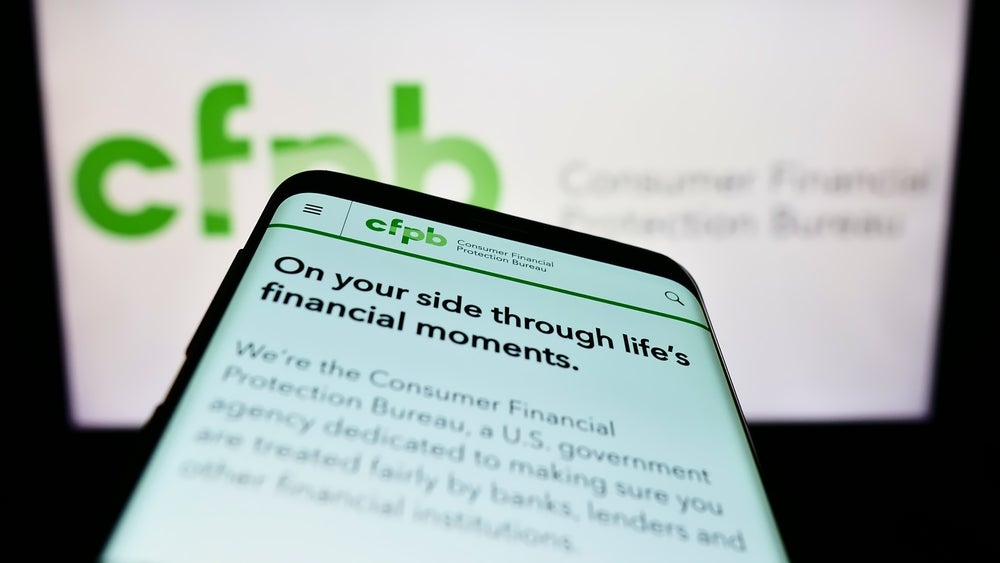ING Direct USA, the country’s largest direct bank, has
served more than 7m Americans with savings accounts since setting
up shop in 2000, in the process growing total assets to more than
$90bn. Now ING is reporting huge growth in current account numbers,
boosted by the CARD Act, reports Charles Davis.
The Credit Card Accountability
Responsibility and Disclosure (CARD) Act’s ban on automatic
overdraft protection has US retail banks scrambling to figure out
how to hold on to income from overdrafts that totaled $38.5bn last
year.
Some banks see opportunity amidst
chaos, however, and have begun to use their overdraft changes as a
point of differentiation in the marketplace.
ING Direct, for example, long has
featured an interesting twist on traditional lines of credit to
address the changes in overdraft regulation. Instead of a fee,
ING’s overdraft charge for its Electric Orange accounts is an
overdraft line of credit system that allows customers to write
cheques or use a debit card for more than their balance (up to a
preset amount usually no greater than $500). Customers then pay
back the overdraft with interest, which is the ING Direct prime
rate plus 4% (currently 7.25%).
The Electric Orange current account
was introduced in November 2006 as the first paperless current
account in the US that offered an easy way for consumers to manage
their daily funds, while saving them time and money. Electric
Orange customers can earn interest, instantly transfer money
between their savings and current accounts, pay bills for free,
mail paper cheques for free, and access 35,000 ATMs nationwide.
How well do you really know your competitors?
Access the most comprehensive Company Profiles on the market, powered by GlobalData. Save hours of research. Gain competitive edge.

Thank you!
Your download email will arrive shortly
Not ready to buy yet? Download a free sample
We are confident about the unique quality of our Company Profiles. However, we want you to make the most beneficial decision for your business, so we offer a free sample that you can download by submitting the below form
By GlobalData
‘Making banking
easy’
ING Direct’s Electric Orange
current account has no fees, no minimum deposit policy and the
overdraft line of credit, which gives customers the convenience of
a current account without any hassle accessing the money.
“At ING Direct, we always tried to
make banking simple and easy,” Todd Sandler, head of product
strategy at ING Direct, told RBI.
“With Electric Orange, customers
can bank on their own terms without having to visit a physical
branch or worry about being nickel-and-dimed by hidden fees.”
“A $10 run to the convenience store
shouldn’t cost customers another $30 in fees because they dipped
into their overdraft. That’s not very convenient or fair,” Sandler
added.
ING Direct said the bank is nearing
onem Electric Orange current account customers. Electric Orange
current has seen 80% account growth in February and March compared
to the previous two months. This surge in new customers can be
directly attributed to consumer concerns about current account fees
– especially overdraft fees – and ways to avoid them, the bank
said.
So, while ING customers do pay for
overdrafts, it is not a flat fee, but interest paid on the amount
borrowed. For example, on $100 at the current 7.25% rate, a
customer would pay about 60 cents for one month.
Many banks have begun to contact
customers ahead of the 1 July implementation of the Federal Reserve
Board’s regulation.
The approaches vary, but many banks
are encouraging customers to ‘opt in’ to the overdraft programme.
This is not surprising because overdraft fees can be an important
revenue stream for banks given the recent changes to the credit
card laws and regulations.
The big exception is Bank of
America (BofA), which recently announced that beginning this summer
it will authorise debit card transactions at the point of sale only
if the customer has sufficient funds in their account.
“Our customers have been clear that
they want to know if a purchase is going to overdraw their
account,” said Susan Faulkner, deposits and card product executive
for BofA.
“Our solution is simple, clear and
helps customers control their finances by reducing the possibility
of over-extending themselves at the point of sale with a debit
card.”
Meanwhile, some US banks such as
JPMorgan Chase have been sending direct-mail notices to customers
encouraging them to opt-in before the requirement goes into effect
this summer for overdraft protection on debit cards.
A recent letter to customers from
Chase noted that its debit-card overdraft coverage will soon no
longer be offered automatically, so customers must inform the bank
if they intend to keep the service intact.
This is a perilous moment for
banks, which have grown dependent upon the lavish revenue streams
generated by overdraft fees. More than 44% of banks and credit
unions have overdraft fee income that is greater than net income,
according to July 2009 figures from Moebs Services, a consultancy
which collects data for government agencies including the Federal
Reserve and Government Accountability Office.
Repackage overdraft
fees
Moebs Services CEO Michael Moebs
said banks should stop configuring overdraft fees strictly as a
penalty and instead repackage them as a benefit for customers.
He suggested dropping the fees to
under $20 and making up the difference in volume. The average
overdraft fee charged is $35 by Wall Street banks, $27 by community
banks and $25 by credit unions, Moebs said. About 10% of the 130m
current accounts in the US are responsible for the majority of
overdraft fees, he added.
The FDIC took a closer look at
overdraft fees in a November 2008 study that found the number of
FDIC-supervised institutions providing overdraft programmes had
grown rapidly. According to the FDIC, accounts held by customers in
low-income areas (such as those with a median annual income of less
than $30,000) were nearly twice as likely to incur overdraft fees
than accounts in higher income areas.
The FDIC also found that 93% of
overdraft fees come from a small number of account holders,
specifically, the 14% of account holders who overdrew their
accounts at least five times per year.
Another study, by the Center for
Responsive Lending, found that more than 50m Americans overdrew
their current account at least once over a 12-month period, with
27m account holders incurring five or more overdraft or
non-sufficient funds fees.
In addition, the report stated that overdraft fee income for
banks and credit unions rose 35% from 2006 to 2008.







